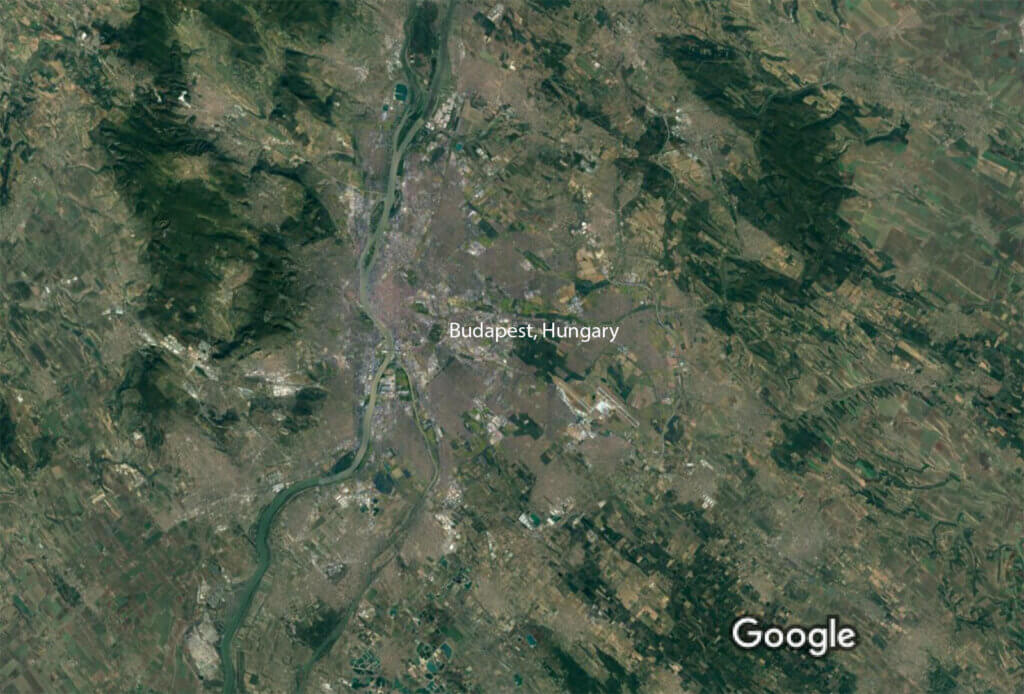| December 30th, 1944 – past end of the war |
| Unternehmen Unke-Nikolaus |
| Objectives |
- Carry out espionage and sabotage measures against the Soviet invaders.
- Register and report the movements of the Soviets inside and outside the city.
- Provide safe meeting places for German agents and commandos.
| Operational Area |
Budapest, Hungary

| Unit Force |
- Frontaufklärungskommando 206
- Lehr Regiment Kurfürst
- SS-Jagdeinsatz Donau
| Opposing Forces |
- 2nd Ukrainian Front
- 53rd Army
- 7th Guards Army
- 3rd Ukrainian Front
- 46th Army
- Romanian 7th Army Corps
| Operation |
On December 30th, 1944, the Brandenburgers, who had been transferred to the Frontaufklärungskommando 206 (Army Group South), are deployed in the operation “Unke-Nikolaus” as part of the defense of the besieged and declared fortress of the Hungarian capital Budapest. The Front Reconnaissance Commands (FAK) are the successors of the Abwehr groups and are subordinate to the Lehr Regiment Kurfürst. Brandenburg paratroopers as well as regular paratroopers are deployed to defend against the Red Flood at the gates of Budapest and to support the local special forces (“residents”) who remain disguised in the city. The remains of Skorzeny’s SS-Kampfschwimmers, do make it alive into the city. They to support the brandenburgers with Unternehmen Unke-Nikolaus.
According to the planning of the Brandenburgers and with the approval of the Kurfürsts, the local male and female special forces recruited by the Front Reconnaissance Command are to remain disguised in the city (project part “Unke”) in order to carry out espionage and sabotage measures against the Soviet invaders. They are also supposed to register and report the movements of the occupiers inside and outside the city, as well as provide safe meeting places for German agents and commandos. The residents are not allowed to know each other and are supposed to act independently.
Disintegration, unrest, disruption of supply and above all sabotage are the goals of the operation. For this purpose, a total of thirty-seven packages with explosive material are hidden at 19 disguised locations in the city (project part “Nikolaus”), and crates with accelerants are deposited at five other locations. With these means, sabotage acts on facilities of the transport infrastructure and certain public buildings were to be carried out by the residents and again their recruited action circles.
They fight in the defense of the fortress city until its downfall on February 13th, 1945. They are all considered to have fallen.
German liaison officers for the residents were smuggled through the front or dropped off by parachute nearby at the appropriate time. The operation is maintained even beyond the end of the war.
| Multimedia |

